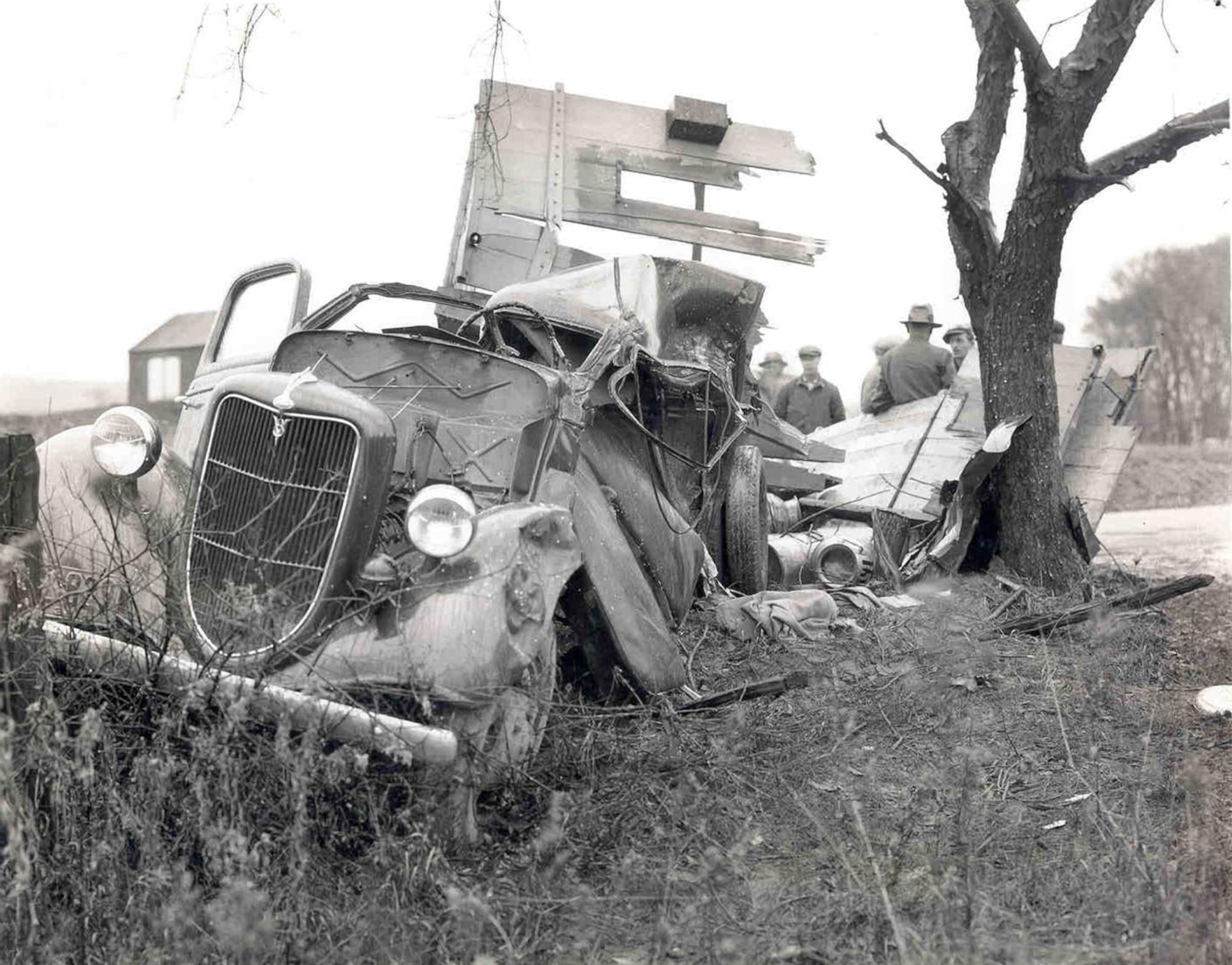The Day Ohio’s Only Two Cars Crashed Into Each Other: A Quirky Beginning to America’s Driving Story
In 1895, Ohio had just two cars—and against all odds, they crashed into each other. This bizarre event marked the beginning of America’s long, complicated love affair with automobiles.
A Collision That Changed History
Picture Ohio in 1895: dirt roads, horse-drawn carriages, and the occasional bicycle. Automobiles were so rare they were considered more of a curiosity than a mode of transportation. In fact, there were only two cars in the entire state. Yet somehow, these two machines managed to find each other—and collide.
It sounds like the setup to a comedy sketch, but it really happened. The bizarre crash wasn’t just a historical footnote; it highlighted the uncertain early days of driving in America, where cars were so new that no one quite knew how to handle them.
The Early Days of the Automobile
At the time, automobiles weren’t sleek, polished vehicles. They were noisy, unpredictable, and often broke down after only a few miles. Drivers had no proper roads, no traffic signals, and no driving schools to teach them what to do. Most cars were hand-built, powered by crude engines, and looked more like motorized carriages than anything resembling a modern sedan.
For Ohio, just having two cars on the road was remarkable. The state’s residents were still adjusting to the idea that machines could one day replace horses. Many people laughed at the notion, dismissing cars as dangerous fads that would never last.
Yet on that fateful day, those who doubted automobiles probably felt vindicated.
The Crash Heard Around Ohio
While detailed records of the incident are scarce, history confirms the irony: out of just two cars in the state, both ended up colliding. Imagine the odds—two experimental drivers, navigating bumpy, horse-worn paths, accidentally meeting in the middle with disastrous results.
Though the crash wasn’t catastrophic, it symbolized something bigger. It showed that even with only a pair of cars in existence, human error and technological limits made accidents inevitable. It was the first sign that driving would not only revolutionize travel but also bring new risks.
From Novelty to Necessity
The Ohio crash was just the beginning of America’s complicated relationship with cars. Within a decade, automobiles became more reliable and mass production—pioneered by Henry Ford—made them affordable for the average person. By the early 1900s, thousands of cars crowded American streets, replacing horse-drawn wagons at astonishing speed.
But with more cars came more crashes. What seemed like an amusing coincidence in 1895 quickly became a serious issue by the 1910s, as crowded roads and untrained drivers led to frequent accidents. This shift forced lawmakers to rethink infrastructure. Roads were paved, traffic laws introduced, and driver’s licenses became mandatory.
In a strange way, that tiny Ohio accident foreshadowed the safety challenges the world would face as cars moved from novelty to necessity.
A Century of Transformation
Fast forward to today, and the contrast is staggering. From two cars in one state, we now have over 1.4 billion vehicles worldwide, with millions manufactured each year. Modern cars are faster, sleeker, and safer, equipped with airbags, seatbelts, GPS navigation, and even self-driving features powered by artificial intelligence.
The roads themselves have transformed too. Highways stretch across countries, connecting cities and economies, while traffic lights, roundabouts, and speed limits help maintain order. The chaos of early driving has been replaced with structured systems—though accidents still occur daily, reminding us that driving remains a shared human responsibility.
The Irony That Still Resonates
The story of Ohio’s two cars crashing may sound humorous today, but it captures something timeless about technology: no matter how advanced or rare a tool is, human beings are the ones steering it. Mistakes happen, even under the most unlikely circumstances.
In fact, this story often resurfaces as a metaphor in business and technology circles. It’s cited as a lesson about probability, chance, and the unpredictable ways innovations collide—literally and figuratively—with real life.
Lessons From the First Crash
Looking back, Ohio’s quirky car crash offers three lasting lessons:
-
Technology is never perfect at the start. Early cars were unreliable, but persistence and innovation turned them into indispensable tools of modern life.
-
Accidents are inevitable. From two cars colliding in Ohio to millions of accidents globally each year, human error remains a constant factor in transportation.
-
Progress is built on setbacks. What began as a comical mishap became part of a larger story—one that pushed society to adapt, create traffic laws, and build safer systems.
From Two Cars to a Driving World
In 1895, the idea of a future filled with highways, electric vehicles, and driverless cars would have seemed absurd. Yet from that unlikely accident in Ohio grew the seeds of the automotive age. What was once a novelty is now the backbone of global transportation, trade, and culture.
The two cars that collided more than a century ago remind us of just how far we’ve traveled—both literally and figuratively. From two lonely vehicles on dirt roads to billions of cars across the globe, humanity’s journey with the automobile has been anything but ordinary.
And it all started with a crash.
